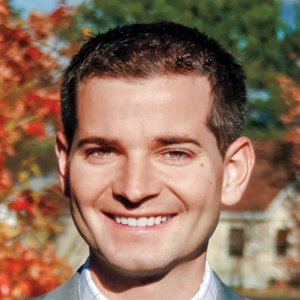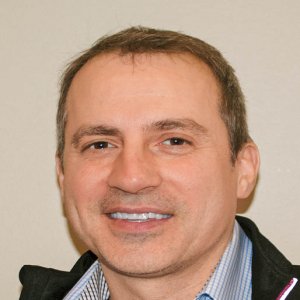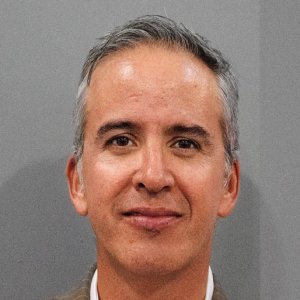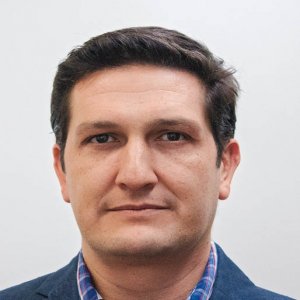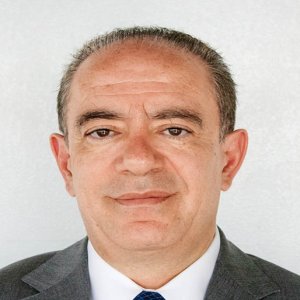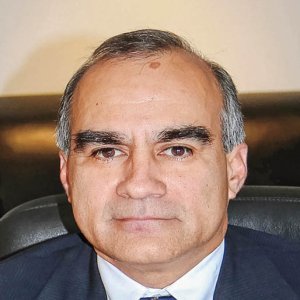Finding the Heart of the Deposit

STORY INLINE POST
The success of any exploration project boils down to one factor: the quality of the deposit. When Orex Minerals, a Canadian junior with one foot firmly in Mexico, entered into an option agreement with Canasil Resources to develop the Sandra Escobar project in Durango, it was the familiar geological trends that intrigued the company’s management team.
“I see Sandra Escobar as an analog of Silver Standard’s La Pitarrilla, which is a giant deposit lying 75km to the east,” says Ben Whiting, Vice President of Exploration at Orex Minerals. “The goal is to find the heart of the deposit. Once we locate the sulphide deposit, we will know how significant a resource Sandra Escobar can become.”
Spurred on by the geological potential, in September 2015 Orex took up the option of spending US$2 million in fieldwork and paying Canasil US$500,000 cash in return for 55 percent of the project. This milestone has been reached and in 2017 a formal JV is being formed, leaving Orex to continue running the technical side and obliging Canasil to finance 45 percent of the project. The two enterprises will work in unison to find the all-important mineral epicenter at Sandra Escobar, at which point it will be offered to an established production level company.
“Typically, a major company is looking for a deposit in the range of 2 million gold ounces or 100 million silver ounces,” says Whiting. “Once you reach about half that number, the big names start circling.”
It may sound simple but in reality, exploration companies like Orex are all faced by the same challenge in that they have no consistent stream of revenue. Regardless of the strength of the deposit, the board’s hands are tied if there is no cash to fund pricy drilling programs and geological tests. Investment in exploration is by nature a risky business, and raising funds becomes even more challenging as metals prices stagnate. In the midst of the downturn in 2015, global exploration investment fell by 19.3 percent to US$9.2 billion. Thanks to a controversial change to exploration tax regulation – expenses are now only tax-deductible after 10 years, having previously been available after one – Mexico suffered more than most. In 2015 the jurisdiction fell from fourth to seventh place on the global list of exploration destinations, overtaken by China, Peru and Chile.
Despite this trend, Whiting refuses to focus on the negatives. At Sandra Escobar, Orex recently made a silver discovery called the Boleras Deposit and commissioned a resource estimate,. The inferred resource currently stands at 9.8 million tons, grading 106 g/t silver, for a total of 33.3 million ounces of silver.
Ensuring that all its Mexican eggs do not fall into the Sandra Escobar basket, Orex also owns a 45 percent share in the Coneto silver-gold project. Also located in Durango, Coneto is a traditional intermediate sulfidation vein system where at least 50 veins have already been discovered. Fresnillo, the world’s largest primary silver producer and Mexico ́s largest gold producer in 2016, is currently the operator and is carrying out a drilling program.
The management team at Orex is part of the Belcarra Group, which has recently set up an entirely new corporation, Silver Viper Minerals, designed to expand its Mexican portfolio. Silver Viper’s first project will be the Clemente project in Sonora, on which it has an option with Riverside Resources. “We will be launching an IPO for Silver Viper in March and we have already seen strong interest,” says Whiting. “We hope to raise around US$10 million, enough to continue taking on new projects in Mexico.”
When stripped down to the bare bones, Orex’s business strategy is remarkably simple: it creates shareholder value by making discoveries, and sells the projects to large miners in return for a mixture of cash, warrants and shares in the buying party. Given that all key employees have stock options, each new discovery represents a mutually beneficial situation for all involved.
“Our raison d’étre is exploration. We want to find the next deposit, so we are constantly drilling,” says Whiting. “There is no better place to look than Mexico.”
